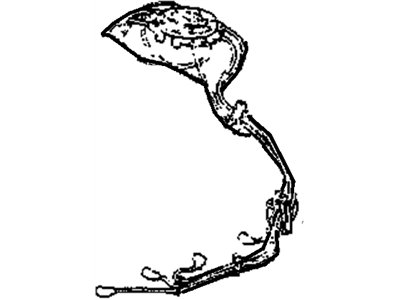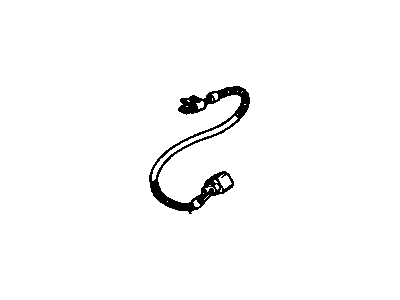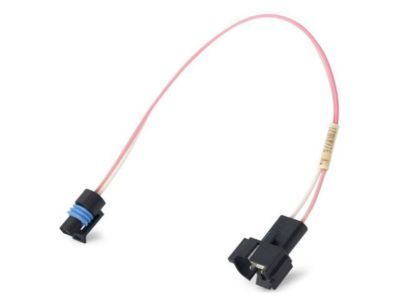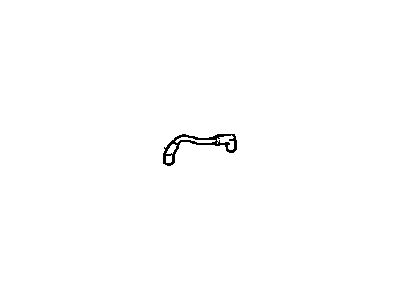
My Garage
My Account
Cart
Genuine Chevrolet El Camino Spark Plug Wires
Spark Plug Ignition Wires- Select Vehicle by Model
- Select Vehicle by VIN
Select Vehicle by Model
orMake
Model
Year
Select Vehicle by VIN
For the most accurate results, select vehicle by your VIN (Vehicle Identification Number).
6 Spark Plug Wires found
Chevrolet El Camino Wire Kit,Spark Plug
Part Number: 19172235$56.17 MSRP: $122.10You Save: $65.93 (54%)Chevrolet El Camino Wire Assembly, Coil
Part Number: 12036972$10.93 MSRP: $20.49You Save: $9.56 (47%)Ships in 1-2 Business Days
Chevrolet El Camino Spark Plug Wires
The Spark Plug Wires in Chevrolet El Camino vehicles is concerned with transmitting high voltage from the ignition coil to the spark plugs so as to cause ignition of the fuel/air mixture in the engines. These wires or high tension leads are often made with thick insulation and are heat rated to reduce arcing and enhance the life of the wires. They are accurately sized and have metallic rings at the ends thereby ensuring they make proper connections. Yearly, Chevrolet El Camino models have adopted different Spark Plug Wires type with the older engines containing a coil wire which is comparatively shorter. State-of-the-art Camino engines use Coil Packs or Individual Ignition Coils, which minimizes the use of the Spark Plug Wires. The main differences between these types can be observed with reference to their construction and utilization, while concerning modern technologies they are designed to eliminate the interference of radio frequencies and to optimize the performance. It should also be understood that the proper maintenance of Spark Plug Wires is very important for the entire Chevrolet El Camino system.
Each OEM Chevrolet El Camino Spark Plug Wires we offer is competitively priced and comes with the assurance of the manufacturer's warranty for the part. Furthermore, we guarantee the speedy delivery of your orders right to your doorstep. Our hassle-free return policy is also in place for your peace of mind.
Chevrolet El Camino Spark Plug Wires Parts Questions & Experts Answers
- Q: How should spark plug wires be checked and maintained for proper engine operation on Chevrolet El Camino?A:The spark plug wires should be checked at recommended intervals or whenever new spark plugs are installed, inspecting them one at a time to prevent mixing up the order, which is essential for proper engine operation. Disconnect the plug wire from the spark plug using a removal tool or by grabbing the rubber boot, twisting slightly, and pulling the wire free without pulling on the wire itself. Inspect inside the boot for corrosion, which appears as a white, crusty powder, while later models may use a conductive white grease that should not be mistaken for corrosion. Push the wire and boot back onto the spark plug, ensuring a tight fit; if it is not secure, carefully crimp the metal connector inside the wire boot with pliers. Clean the wire along its entire length with a clean rag, removing built-up dirt and grease while inspecting for burns, cracks, or other damage, bending the wires in several places to check if the conductive inside wire has hardened. Disconnect the wire at the distributor, again pulling and twisting only on the rubber boot, checking for corrosion and a tight fit as with the spark plug end; for HEI ignition systems, release the locking tabs on the circular retaining ring to check all wire boots simultaneously. Reinstall the wire boot or retaining ring onto the top of the distributor and check the remaining spark plug wires in the same manner, ensuring they are securely fastened at both the distributor and spark plug. A visual check can also be performed in a darkened garage by starting the engine and observing each plug wire for arcing or small sparks at damaged areas, taking care to avoid contact with moving engine parts. If replacement is necessary, purchase a new set specific to the engine model, as wire sets can be pre-cut to the proper size with rubber boots already installed, and for HEI ignition systems, replace each wire individually to prevent mix-ups in the firing sequence.








